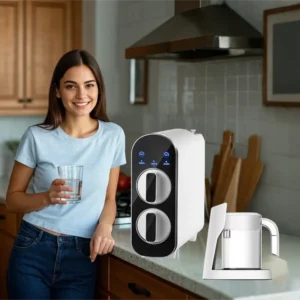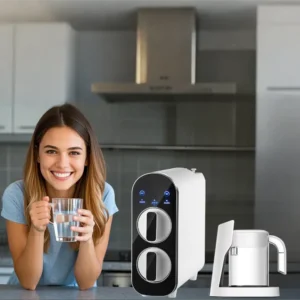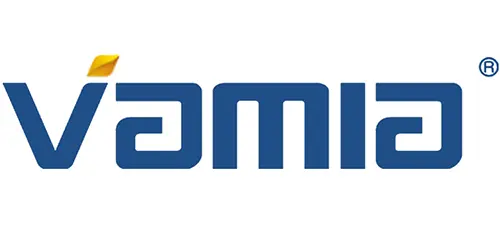Reverse Osmosis (RO) Technology

Water Purifier Factory, Water Purifier For Home, Water Purifier Machine, Water Purifier, Water Filter Purifier System
Reverse osmosis is a widely recognized and highly efficient water purification method.
At its core, RO technology involves the use of a semi – permeable membrane.
This membrane has pores so tiny that they are only about 0.0001 microns in size.
The process begins with applying pressure to the water on one side of the membrane.
This pressure forces the water molecules to pass through the membrane, while leaving behind contaminants such as dissolved salts, heavy metals like lead, mercury, and arsenic, as well as various microorganisms including bacteria and viruses.
The effectiveness of RO technology in removing a broad spectrum of contaminants makes it a popular choice for both residential and commercial applications.
In areas where the water source has high levels of hardness or contains industrial pollutants, RO – based water purifiers can transform the water into a pure and potable form.
However, one drawback of RO technology is that it can also remove some beneficial minerals from the water.
To address this, some RO systems are equipped with post – filtration processes that add back essential minerals.
Reverse Osmosis (RO) Technology

